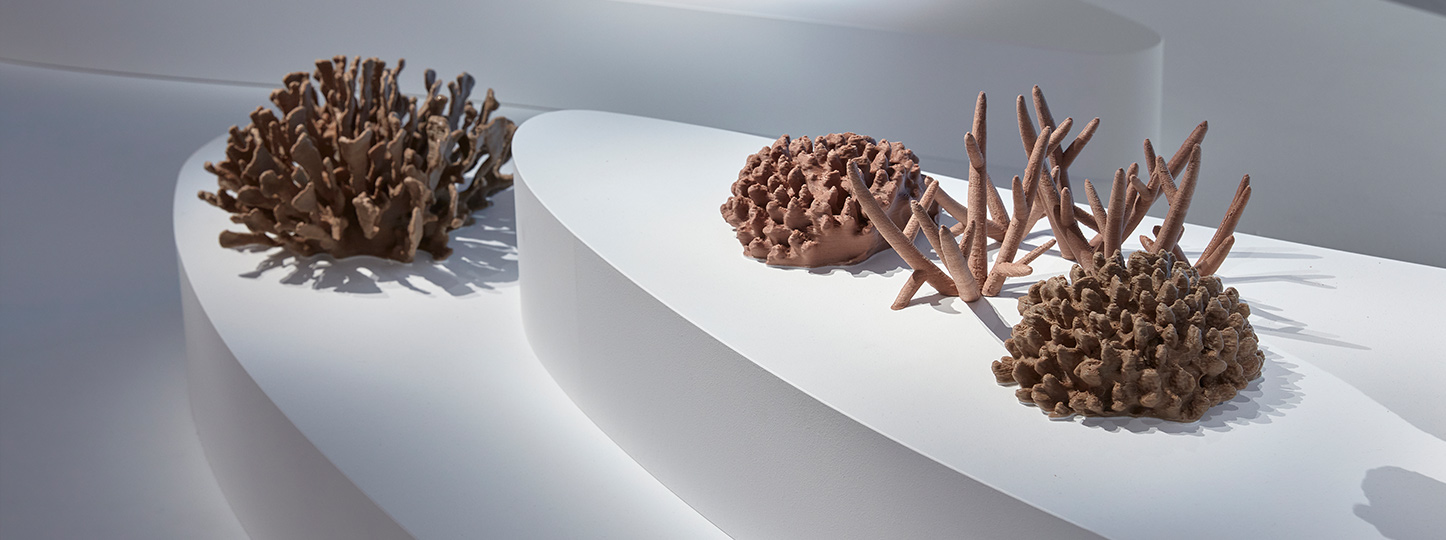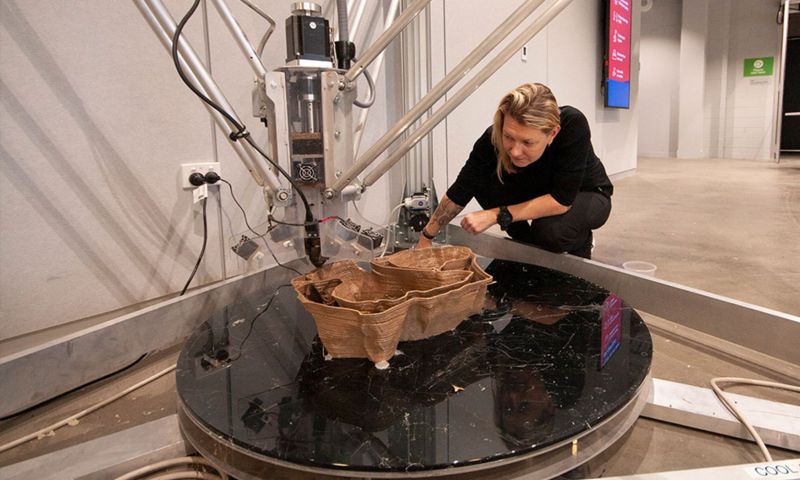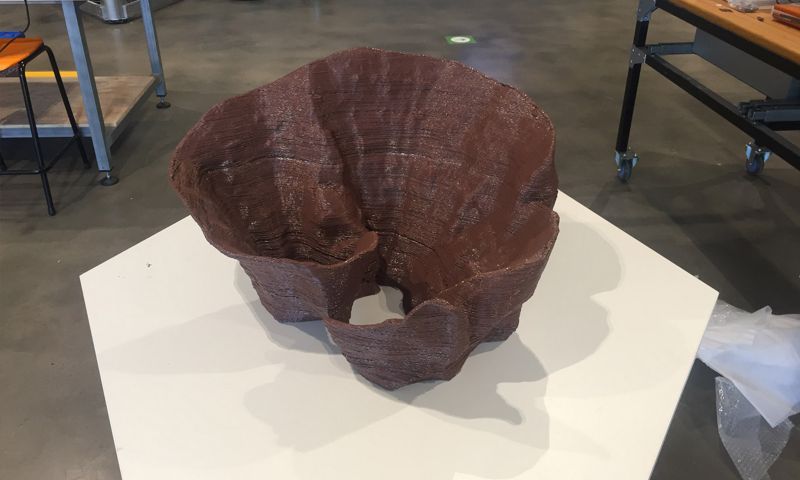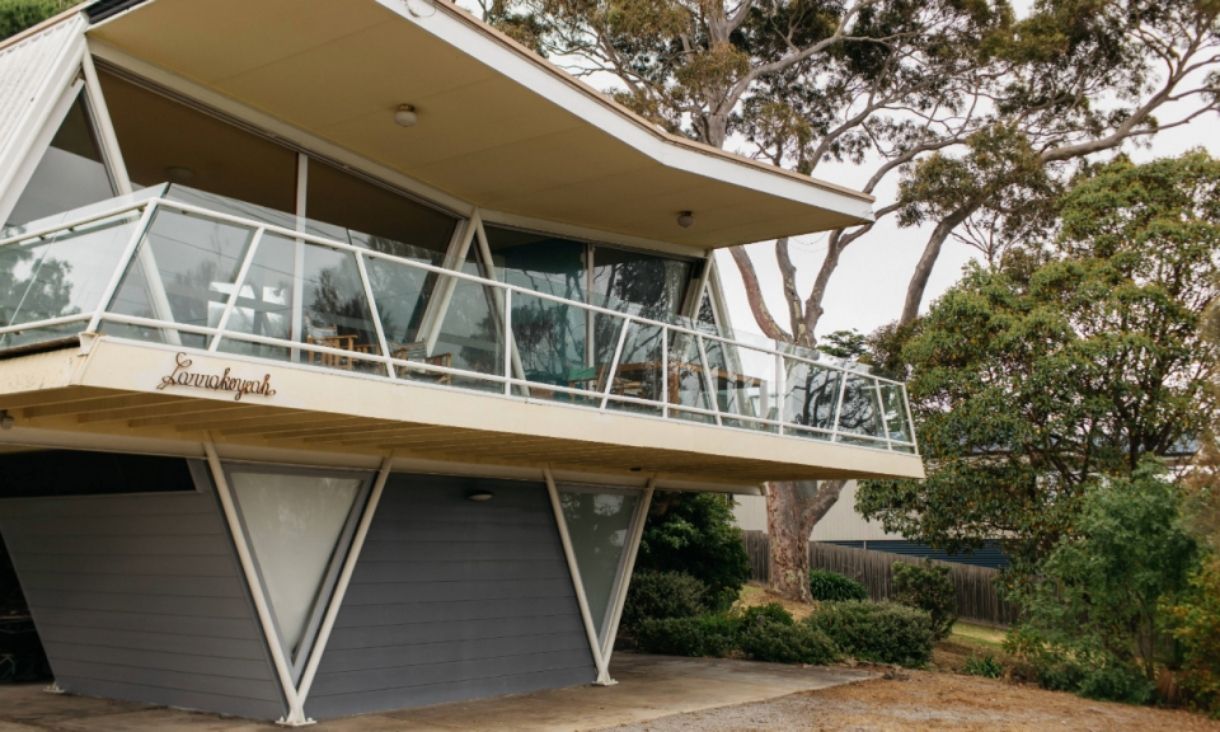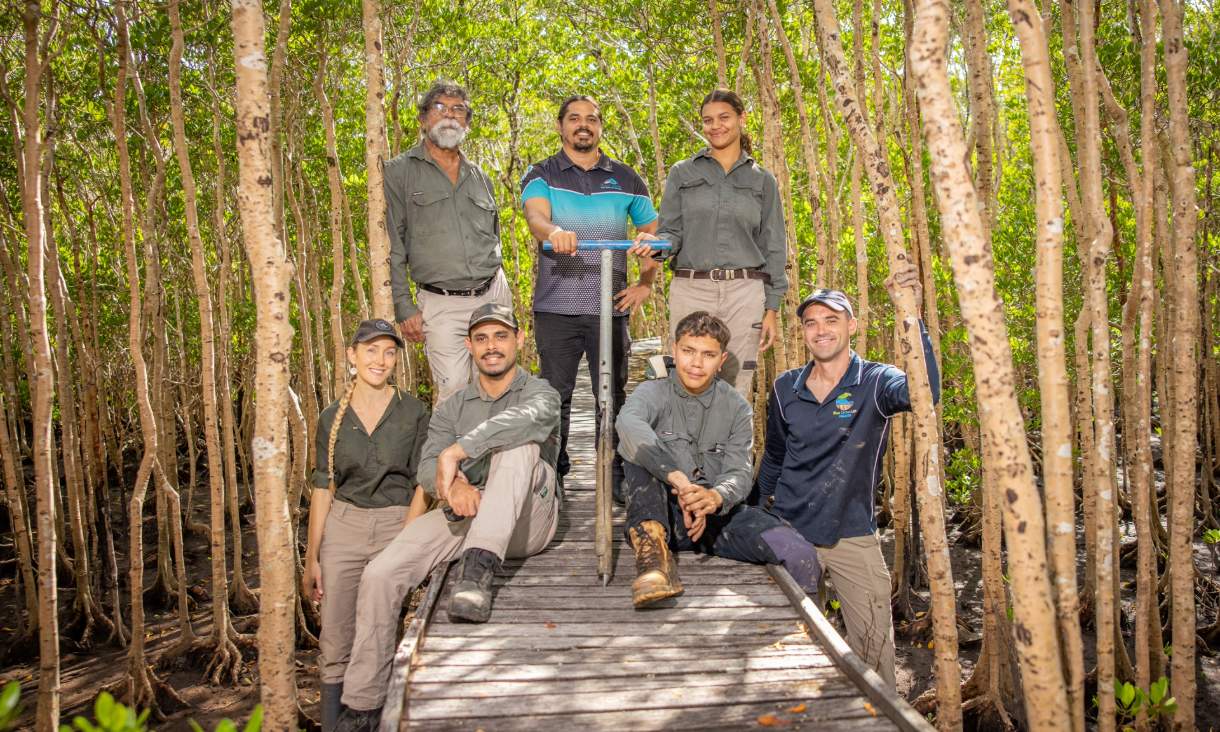RMIT proudly awards honorary doctorate to Maree Clarke
Distinguished artist Maree Clarke is the recipient of the Doctor of Arts honoris causa, in recognition of her exceptional leadership and impact on southeast Australian Aboriginal art and cultural practice.
New micro-credentials recognise 21st-century skills gained through youth arts programs
Young people who participate in arts programs develop highly sought-after workplace skills – and now they have a way to prove it.
McCraith House Creative Residency Program wraps up a vibrant year of artistic experimentation and collaboration
RMIT’s College of Design and Social Context celebrates a year of creative residencies across literature, design, music, and performance.
Cairns Airport mangrove study sets new standard for Indigenous-led research on country
A new study highlights how Indigenous leadership, science and business can unite to protect coastal ecosystems while building long-term environmental and cultural knowledge.
